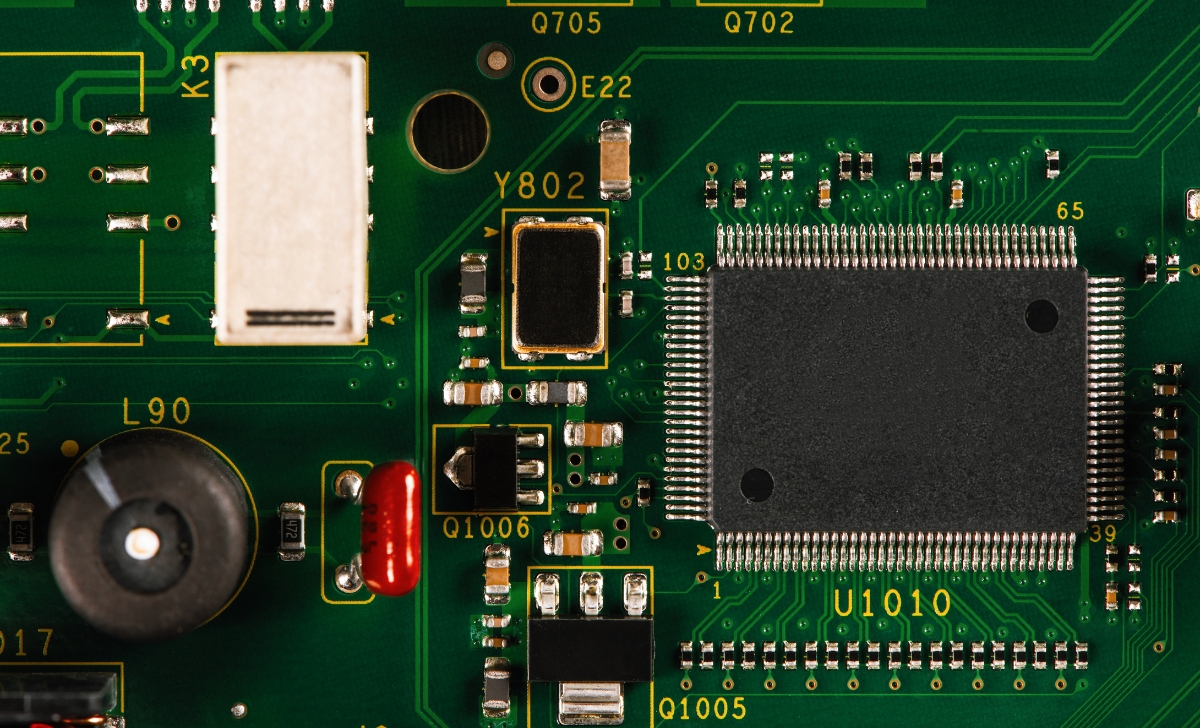
Building a domestic electronics H/W ecosystem (i.e., components or sub-assemblies) in the country is an onerous task, as it needs alignment with the global supply chain and cost competitiveness over the already established value chains. The Indian electronics H/W industry is gearing up to these challenges and finding ways to increase localization to the extent possible.
As per an Invest India study, the global electronic components market was valued at $370 billion in 2021 and is dominated by players from China, acquiring a market share of 32.9%, closely followed by Taiwan, Hong Kong, and the USA. India currently has a minuscule share and is still mostly dependent on imports to meet its component demand.
Hence, there is a critical need to incentivize component and subassembly manufacturing in the nation, along with other policy measures to increase the localization of the supply chain for electronics H/W. Brands and Electronics Manufacturing Services (EMS) companies (domestic & global) in their individual capacities are also working with the same objective and enabling the shift of manufacturing from other geographies to India.
One of the major reasons for the limited component ecosystem in the country is the high production costs, which are 8–10% higher compared to its competitor nations due to factors like infrastructure limitations and power costs. Product Linked Incentive (PLI) schemes for components and subassemblies will greatly help its manufacturers overcome the cost disadvantage and supply to the finished product brand, or EMS.
While there is the Scheme for Promotion of Manufacturing of Electronic Components and Semiconductors (SPECS), which is aimed at offsetting the disability for domestic manufacturing of components by providing a financial incentive of 25% of capital expenditure on manufacturing, having an additional PLI for components and sub-assemblies is required, as it is difficult to achieve the necessary scale in SPECS considering its budgetary outlay is only Rs 3284 crores. Also, another reason is that electronic components fall into different categories with varying financial requirements, valuations, and production techniques. Hence, a scheme with a one-size-fits-all approach may not work as desired.
The choice of components or sub-assemblies that may be considered under PLI for Components should be based on various factors, including alignment with the existing policies like PLI for Large Scale Electronics Manufacturing, PLI for IT Hardware 2.0, SPECS, import volume data, current or potential domestic capabilities or capacity, existing or potential component or sub-assembly manufacturers in the country, and alignment with the global value chain, among many others.
Article contributed by Sandeep Kochhar, Senior Director, MAIT
Comments (0)
Leave Your Comment: